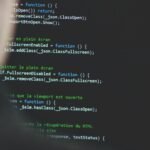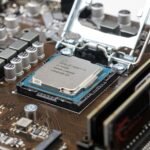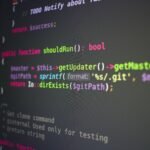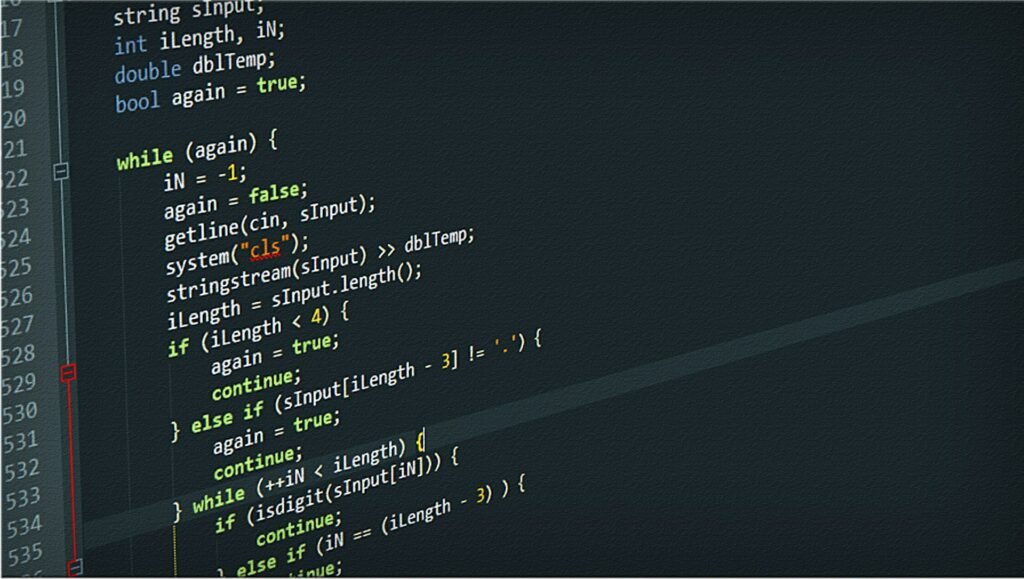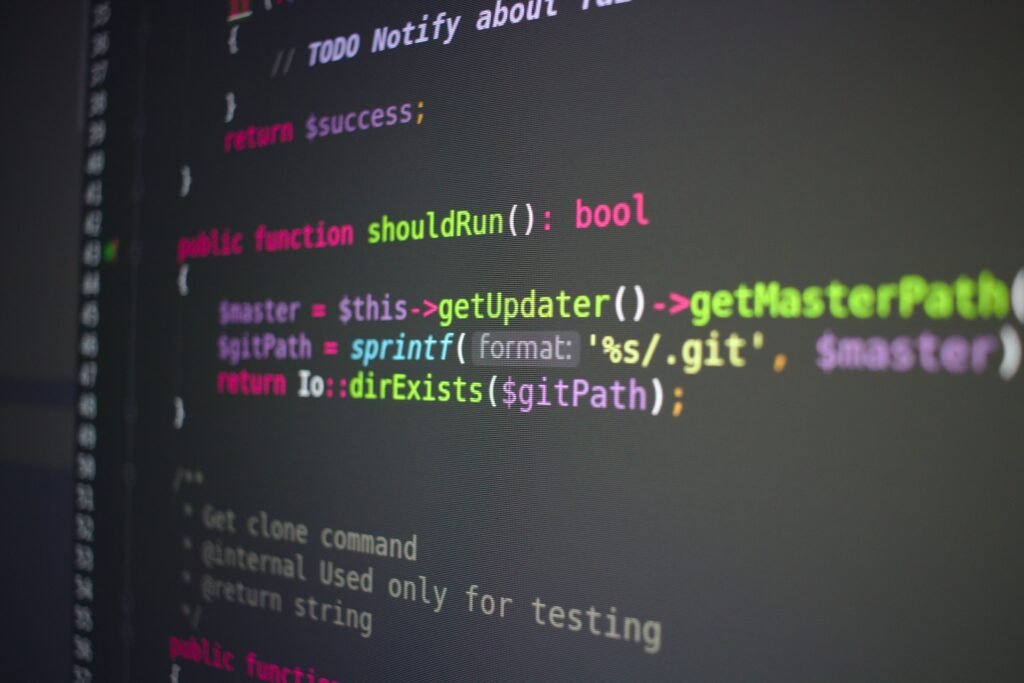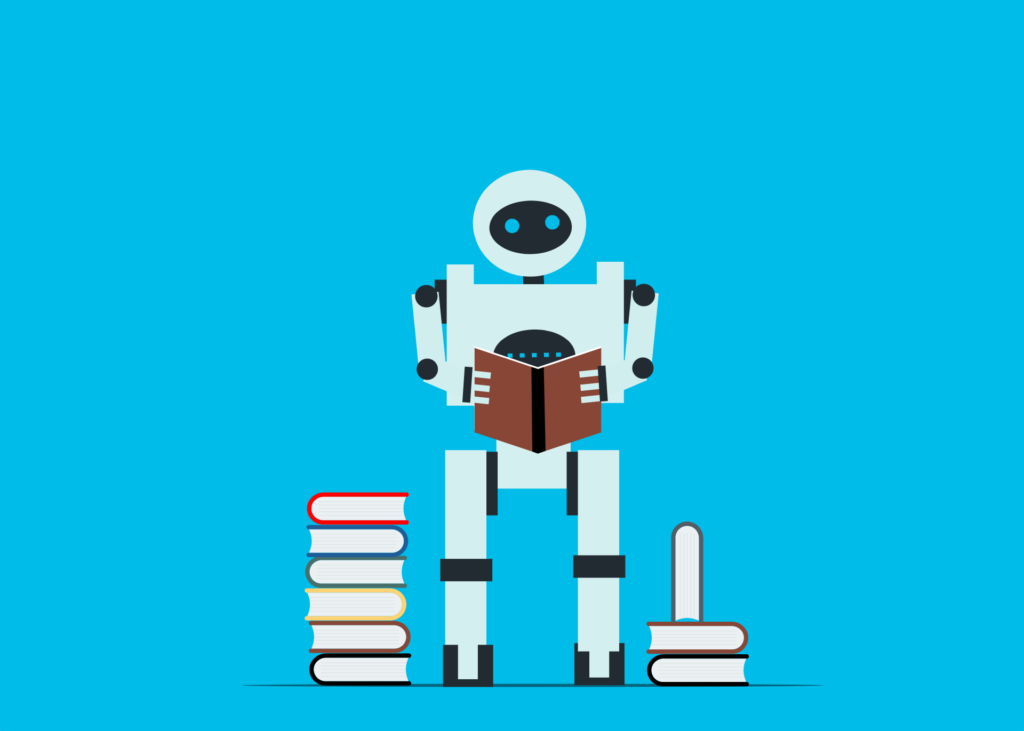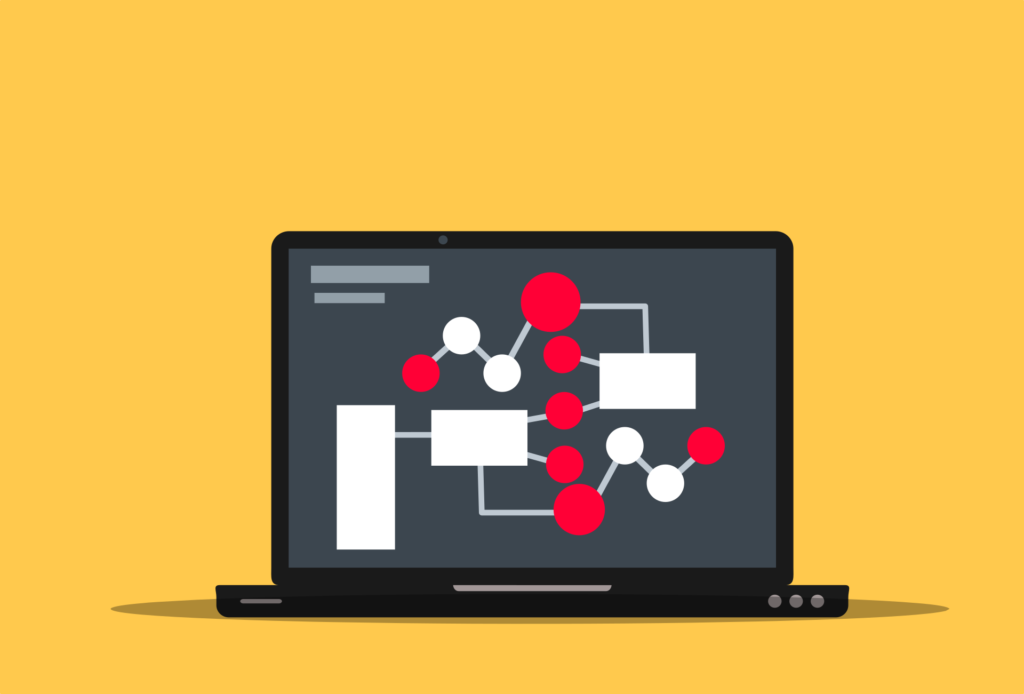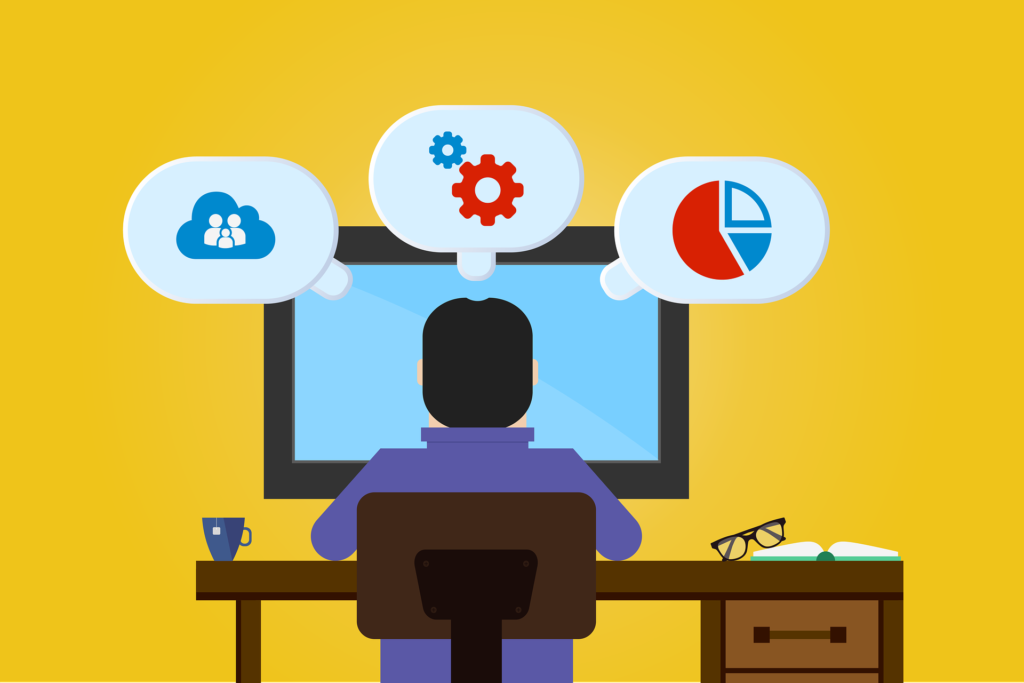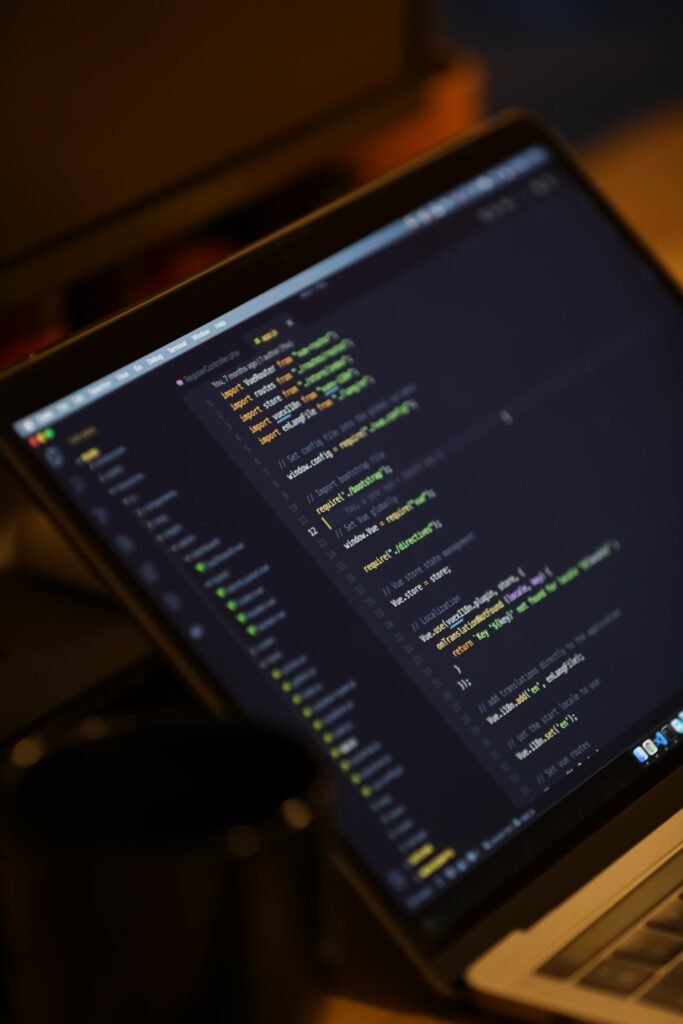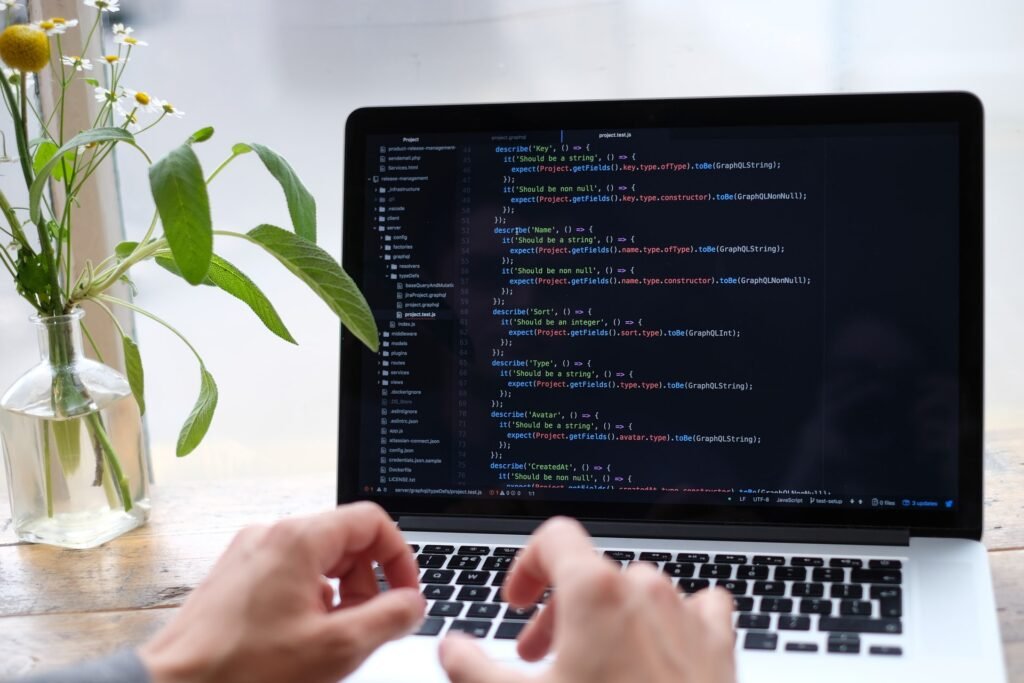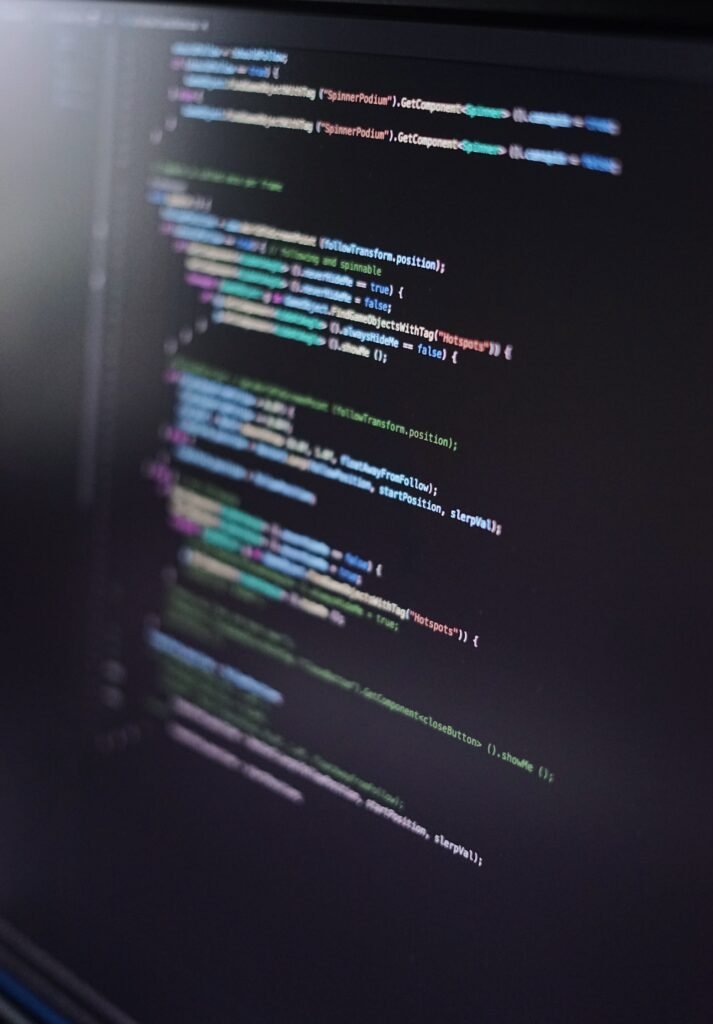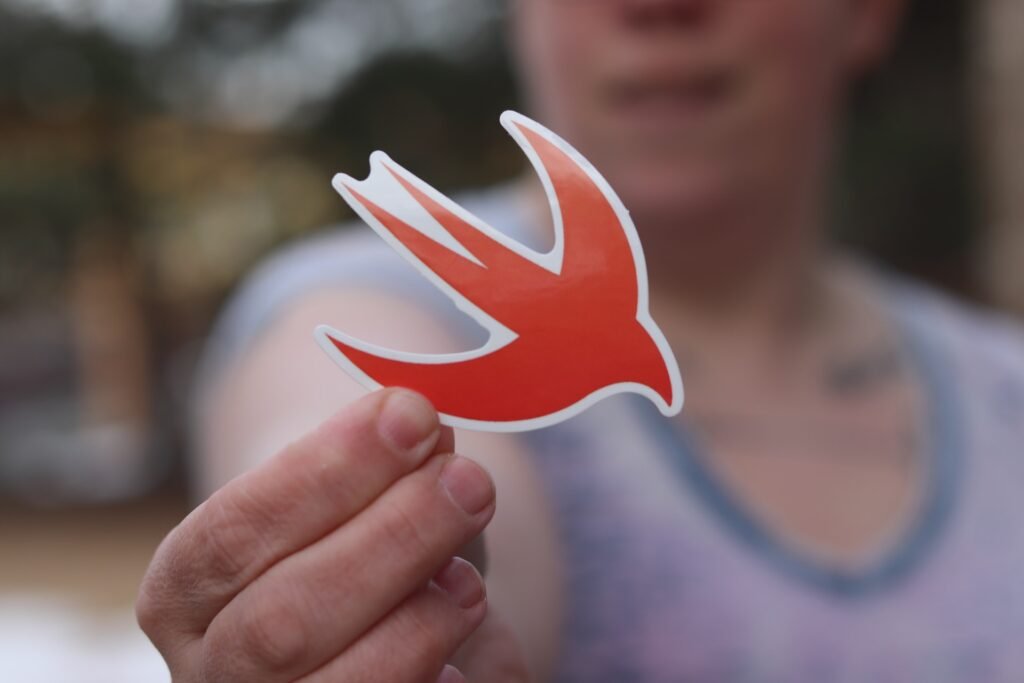C programming/ what is c program/ what is c programming/ what is programming in c/ learn c programming/ learn c
Dennis ritchie created the general-purpose, procedural programming language c at bell labs in the early 1970s. In the history of computers, it has grown to be one of the most popular and important programming languages. C is a widely used language for system programming, embedded programming, and creating a variety of applications. It was primarily created to produce the unix operating system.
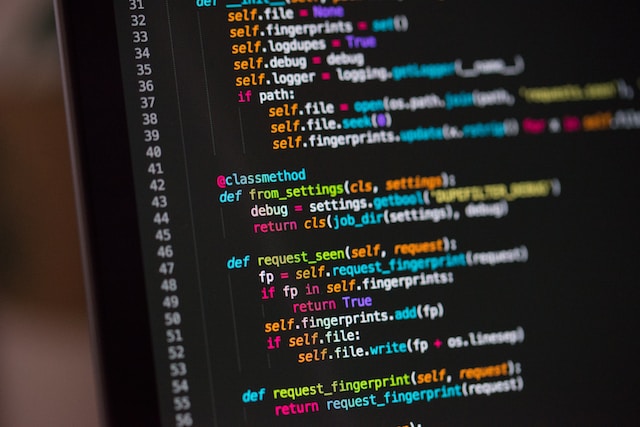
Some of the key attributes of c programming include.
- Procedural programming – the procedural programming paradigm, which c conforms to, divides the program’s logic into functions or processes that carry out certain duties. Large programs may be managed and debugged more easily using this modular method.
- Low-level manipulation – c is appropriate for system-level programming because it has capabilities that enable simple hardware and memory manipulation. This enables enormous control but necessitates careful memory management, which may be both a benefit and a difficulty.
- Portability – c programs may be built and executed with just small alterations on several systems. This is due to the fact that c compilers produce machine-independent assembly code, enabling the development of programs that are compatible with a wide range of hardware and operating systems.
- Efficiency – c is renowned for being efficient in terms of memory use and execution speed. It gives developers granular control over memory management and system resources, enabling them to performance-optimize their programs.
- Standard library – the c language has a standard library that offers a variety of functions for carrying out everyday tasks like text manipulation, memory allocation, file operations, and more.
- Syntax – c features a succinct, straightforward, and limited collection of keywords and constructions. It is an excellent language for learning programming ideas because of its simplicity.
- Pointers – a key component of c, pointers enable direct memory access and manipulation. Despite being strong, if not handled wisely, they can potentially result in memory-related issues.
- Data types – c offers a variety of basic data types (integers, floating-point numbers, characters, etc.), and it also allows users to construct their own data types using unions and structures.
- Preprocessor directives – the preprocessor in the c language enables text replacement prior to compilation. This is frequently used for macro definitions, conditional compilation, and header file inclusion.
Basic for c programming/ basic c programming
To get you started, consider these basic ideas.
Welcome to the programme at mitacademy.
The first program people create in a new programming language is frequently the “welcome to mitacademys” program. “welcome to mitacademys” is printed to the console in plain text.
#include <stdio.h>
Int main() {
printf(“welcome to mitacademys\n”);
return 0;
}
Data types and variables.
The data types int (integer), float (floating-point number), char (character), etc. Are supported by c. These sorts of variables can be declared and used to hold data.
Int x = 1;
Float salary = 10000.45;
Char gender = ‘m’;
Input and output -you may input data using scanf and output it using printf.
Int x;
Printf(“enter x number value – “);
Scanf(“%d”, &x);
Arithmetic basics – addition, subtraction, multiplication, and division are supported in fundamental arithmetic operations in c.
Int sum = 1 + 2; // simple addition
Int minus = 15 – 7; // simple subtraction
Int mul = 2 * 4; // simple multiplication
Float division = 21.0 / 6; // simple division
Statements with conditions (if, else, if, else).
If statements can be used to form judgements depending on circumstances.
Int number = 1;
If (number > 1) {
printf(“the number is greater than 1\n”);
} else if (number == 1) {
printf(“the number is equal to 1\n”);
} else {
printf(“the number is less than 1\n”);
}
(for, while, do-while) loops.
You can iterate across a piece of code using loops.
For (int x = 1; x <= 10; x++) {
printf(“value of x %d\n”, x);
}
Int count = 1;
While (count < 10) {
printf(“count %d\n”, count);
count++;
}
Int num = 5;
Do {
printf(“number is %d\n”, num);
num–;
} while (num > 0);
These ideas offer a fundamental comprehension of c programming. You may investigate increasingly complex subjects as you proceed, including functions, arrays, pointers, linked list, and structures. From system programming to application development, c is a flexible language that can be utilized for a variety of tasks.
Structure in c programming/ c programming structure
A structure is a composite data type used in c programming that enables you to organize variables of various data types under a single name. It is simpler to manage relevant data when it is grouped together and distributed as a single object. With the help of structures, you may create your own unique data types, which can be very helpful for representing actual physical objects.
Here’s a guide on using and defining structures in c.
#include <stdio.h>
// define a structure
Struct course {
char c_name[50];
int c_id;
float c_price;
};
Int main() {
// declare a variable of the current structure type
struct course course1;
// modify the structure members
strcpy(course1.name, “java”);
course1.c_id = 101;
course1.c_price = 1499;
// actual display the information of active structure data
printf(“course name – %s\n”, course1.c_name);
printf(“course id – %d\n”, course1.id);
printf(“course price – %.2f\n”, course1.c_price);
return 0;
}
C programming factorial
Here is an example of a c program that calculates a number’s factorial using an iterative method.
#include <stdio.h>
Int main() {
int x;
int factorial = 1;
printf(“enter any positive integer number – “);
scanf(“%d”, &x);
if (x < 0) {
printf(“factorial is not support negative numbers -\n”);
} else {
for (int y = 1; y <= x; y++) {
factorial *= y;
}
printf(“\n factorial of current number %d is – %d.\n”, x, factorial);
}
return 0;
}
C programming example
The sum of two integers is calculated by the following straightforward c program.
#include <stdio.h>
Int main() {
int l, k;
printf(“enter the first l number – “);
scanf(“%d”, &l);
printf(“enter the second k number – “);
scanf(“%d”, &k);
int add = l + k;
printf(“the addtion of %d and %d is = %d\n”, l, k, add);
return 0;
}
C programming hello world/ small c program
Here is a c version of the famous “hello, world!” program.
#include <stdio.h>
Int main() {
printf(“\n hello, world to c programming”);
return 0;
}
Online c compiler/ online compiler
You may develop, build, and run c programs without downloading any software on your computer by using one of the many online c compilers available.
Here are some famous instances.
Ide – an integrated development environment (ide) for c programming is offered by onlinegdb. It enables the writing, compilation, and execution of c code within a web browser.
- Website name – https://www.onlinegdb.com/online_c_compiler
Replit – for several programming languages, including c, replit provides an online development environment. C programs may be created and executed right in your browser.
- Website name – https://replit.com/languages/c
Jdoodle – is an online compiler that supports various programming languages, including c. The url of the website is https://replit.com/languages/c. You may use it to create, assemble, and execute c programs.
- Website name – https://www.jdoodle.com/c-online-compiler
Ideone – c is one of the programming languages supported by the online compiler ideone. You can write, build, and execute code with it.
- Website name – https://ideone.com/
Codepad – where you may create and execute c programs.
- Website name – http://codepad.org/c
C in programming/ c programming language/ c language/ c language is/ the c programming language/
Dennis ritchie at bell labs developed the general-purpose programming language c in the first decade of the 1970s. It is still extensively used today and has influenced the creation of several other computer languages and operating systems.
Here are some essential c programming language characteristics and ideas.
- Procedural programming – the procedural programming paradigm, which c adheres to, calls for the division of programs into functions and procedures that carry out certain duties.
- Easy to learn and read syntax – c has a very straightforward syntax with a limited number of keywords and constructions.
- Data types – c offers a variety of fundamental data types, including characters (char), floating-point numbers (float and double), and integers (int). Additionally, you may create your own data types by utilizing unions and structures.
- Pointers – c’s pointers feature is a strong one that lets you interact directly with memory addresses. They are employed for activities like efficient array access and dynamic memory allocation.
- Memory management – the c programming language allows you manual control over memory management via the use of dynamic memory allocation and deallocation tools like malloc and free.
- Standard library – the c programming language comes with a built-in standard library that contains functions for typical tasks including input/output operations, text manipulation, and mathematical computations.
- Preprocessor directives – c uses preprocessor directives, which begin with #, to carry out tasks including conditional compilation, including header files, and defining macros.
- Modularity – the c programming language provides modularity via functions and header files, enabling you to divide your program into more digestible chunks.
- Portability – c is a portable language because it can be used to build programs on several systems with just small changes.
- Operating system development – due to its effectiveness and low-level capabilities, c has been frequently utilized for designing operating systems, system-level applications, and embedded systems.
- Legacy and influence – c++, java, and python are just a few of the current programming languages that have been affected by c. Its ideas and design decisions have had an enduring impression on the programming community.
Basics of programming in c/basic program in c/ programming language c/ c language for beginners/ basics of c language for beginners/c language basics for beginners/ c programming tutorial/ c language tutorial
Let’s start by learning the fundamentals of c programming.
Greetings to everybody! The traditional place to begin.
The screen is printed with a message by the “hello, world!” program.
#include <stdio.h>
Int main() {
printf(“\n hello, world program in c”);
return 0;
}
Data type and variable – declare variables to hold different types of data. Basic data types including int, float, char, and double are available in c.
Int k = 77;
Float salary = 1400.99;
Char value = ‘x’;
Input and output – both input and output may be shown using printf, while user input can be read using scanf.
Int value;
Printf(“enter a number – “);
Scanf(“%d”, &value);
Arithmetic operators – standard arithmetic operations are supported by c, including +, -, *, /, and% (modulus).
Int sum = 1 + 3;
Int minus = 11 – 3;
Int mul = 2 * 3;
Float division = 13.0 / 2;
Int remainder = 9 % 2;
Conditional statements – use if, else, and else to make decisions.
Int num = 1;
If (num > 1) {
printf(“\n number is greater than 1”);
} else if (number == 1) {
printf(“\n number is equal to 1”);
} else {
printf(“\n number is less than 1”);
}
Loops – for repeated activities, use loops like for, while, and do-while.
For (int l = 0; l <= 10; l++) {
printf(“\n value of l %d -“, l);
}
Int count = 0;
While (count < 5) {
printf(“count – %d\n”, count);
count++;
}
Int integer = 5;
Do {
printf(“integer value – %d\n”, integer);
integer–;
} while (integer > 0);
Functions – functions are reusable sections of code that carry out particular tasks. The program begins with the main function.
// function prototype declaration
Int add(int a, int b);
Int main() {
int result = add(1, 2);
printf(“\n result of sum – %d\n”, result);
return 0;
}
// function definition declaration
Int add(int a, int b) {
return a + b;
}
Arrays – arrays are collections of identical values.
Int num[5] = {11, 33, 44, 67, 99};
Printf(“first index number: %d\n”, num[0]);
Pointers – variables called pointers are used to hold memory addresses. They have strong memory management capabilities.
Int pointer = 23;
Int *ptr = &pointer;
Printf(“value of pointer – %d\n”, *ptr);
Header files – use header files to include preset functions and constants in your code.
#include <stdio.h>
#include <math.h>
#include <conio.h>
C language tutorial for beginners/c language basics/ c tutorial/ introduction to c language/ in c programming/ c language basics notes/ in c language/learn c language/ introduction to c programming/ all about c programming
Here are the fundamentals of c programming.
Any programming language may be learned by starting with the “hello, world!” program. A straightforward program prints “hello, world” on the screen.
#include <stdio.h>
Int main() {
printf(“\n hello, world in c language”);
return 0;
}
Comments – use comments in your code to give clarification. The compiler ignores comments, which are there for the programmer’s benefit.
// this is a single-line comment
/* this is a
multi-line comment */
Variables and data types – data is stored in variables. Data types in c include characters, integers, floating-point numbers, and more.
Int m = 1;
Float pi_value = 3.14;
Char gender = ‘m’;
Input and output – both input and output may be shown using printf, while user input can be read using scanf.
Int decimal;
Printf(“enter a decimal number – “);
Scanf(“%d”, &decimal);
Arithmetic operators – standard arithmetic operators are supported by c, including +, -, *, /, and% (modulus).
Int add = 1 + 3;
Int minus = 9 – 3;
Int multiply = 3 * 2;
Float division = 14 / 3;
Int remainder = 9 % 4;
Conditional statements – use if, else, and else to decide using conditional statements.
Int number = 1;
If (number > 1) {
printf(“\n number is greater than 1”);
} else if (number == 1) {
printf(“\n number is equal to 1”);
} else {
printf(“number is less than 10.\n”);
}
Loops – for repeated activities, use loops like for, while, and do-while.
For (int m = 0; m < 9; m++) {
printf(“\n repeated value of m %d”, m);
}
Int count = 0;
While (count < 7) {
printf(“count – %d\n”, count);
count++;
}
Int integer = 5;
Do {
printf(“value of intger – %d\n”, integer);
integer–;
} while (integer > 0);
Functions – functions are reusable sections of code that carry out particular duties.
Int sum(int p, int q) {
return p + q;
}
Int main() {
int output = add(3, 5);
printf(“result is – %d\n”, output);
return 0;
}
Arrays – multiple values of the same type can be stored in an array.
Int array[5] = {11, 13, 17, 20, 31};
Printf(“first array element – %d\n”, array[0]);
Pointers – pointers are used to manage memory and to store memory addresses.
Int pointer = 27;
Int *ptr = &pointer;
Printf(“value of pointer %d\n”, *ptr);
Structures – structures bring together variables that are connected.
Struct course {
char course_name[50];
float c_price;
};
Struct course course1;
Strcpy(course1.course_name, “python”);
Course1.c_price = 999.99;
Header files – use header files to incorporate preset functions and constants in your program.
#include <stdio.h>
#include <math.h>
C programming compiler/ c program execution online/ c programming online
For c programming, a compiler is needed to convert your source code into executable instructions that a computer can understand.
Here are some examples of widely used c compilers.
Gcc (gnu compiler collection).
- Website – https://gcc.gnu.org/
Clang.
- Website – https://clang.llvm.org/
Microsoft visual c++.
- Website – https://visualstudio.microsoft.com/visual-cpp/
Intel c++ compiler
- Https://software.intel.com/content/www/us/en/develop/tools/oneapi/components/dpc-compiler.html
Turbo c/c++
- Website – https://turboc.codeplex.com/
Code::blocks.
- Website – http://www.codeblocks.org/
Xcode.
Online compilers
- Onlinegdb – https://www.onlinegdb.com/
- Jdoodle – https://www.jdoodle.com/c-online-compiler
C programming examples/ c language program
Here is a c version of the famous “hello, world!” program.
#include <stdio.h>
Int main() {
printf(“\n hello, world to c programming”);
return 0;
}
C language compiler/ compiler in c/ online gcc compiler for c
Gcc (gnu compiler collection)
- Website – https://gcc.gnu.org/
Clang.
- Website – https://clang.llvm.org/
Microsoft visual c++.
- Website – https://visualstudio.microsoft.com/visual-cpp/
Intel c++ compiler.
- Https://software.intel.com/content/www/us/en/develop/tools/oneapi/components/dpc-compiler.html
Mingw.
- Website – http://www.mingw.org/
Turbo c/c++.
- Website – https://turboc.codeplex.com/
C programming software/ programming in c software/ code c compiler/c software
You will need a c compiler and an integrated development environment (ide) in order to begin programming with the c language.
Here are some examples of frequently used software.
- Notepad++.
- Dev-c++.
- Visual studio.
- Xcode.
- Code::blocks.
- Eclipse.
- Atom.
- Sublime text.
- Turbo c.
C programming app
Here are a few android-compatible choices.
Version for android.
C programming – to assist you in learning the basics of c programming, this app offers tutorials, examples, and quizzes.
- C programming for the google play store
Learn c programming – to teach you c programming step-by-step, this software provides interactive courses and coding problems.
- Google play store – c programming tutorial


